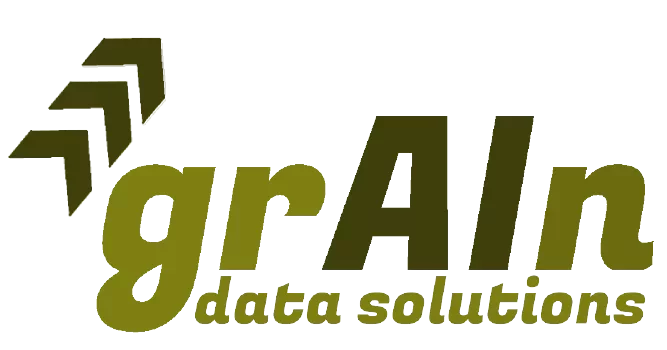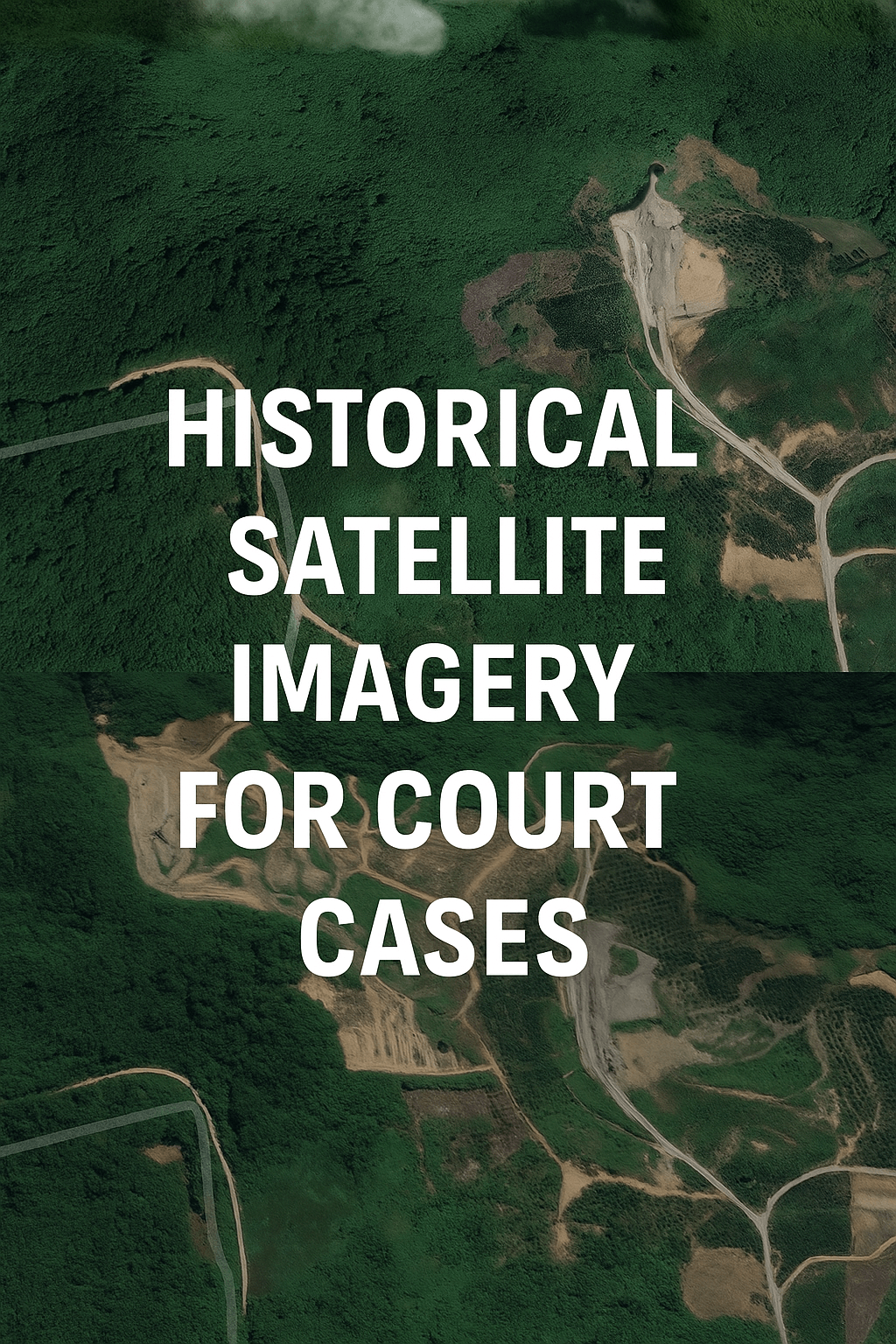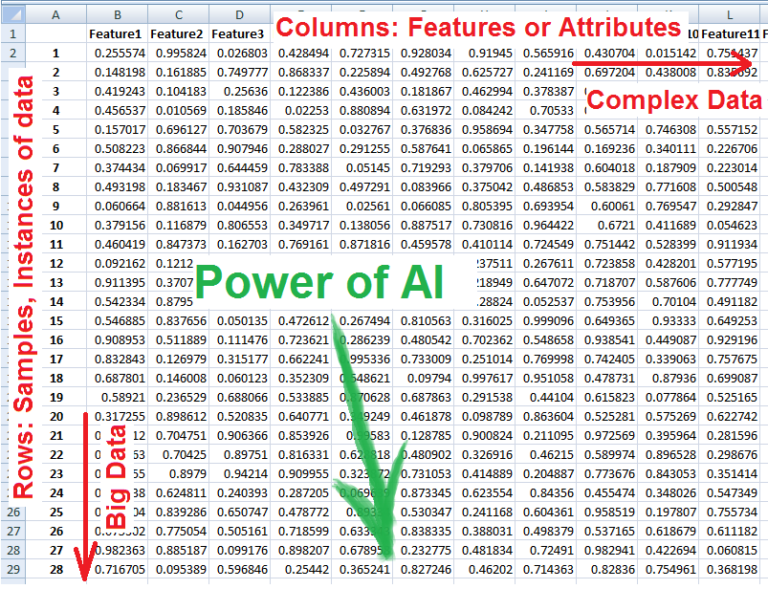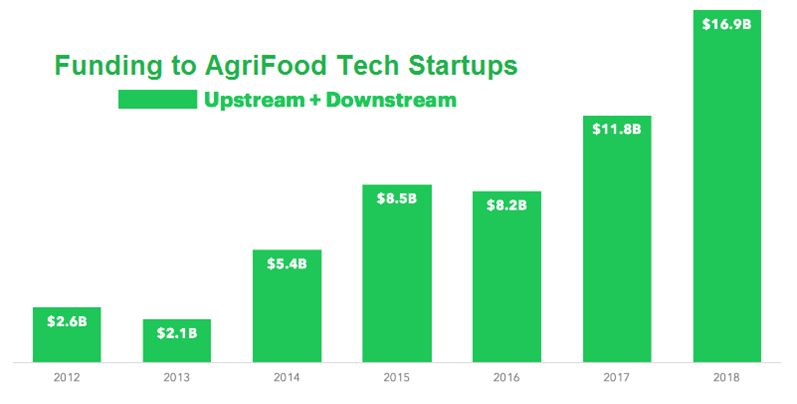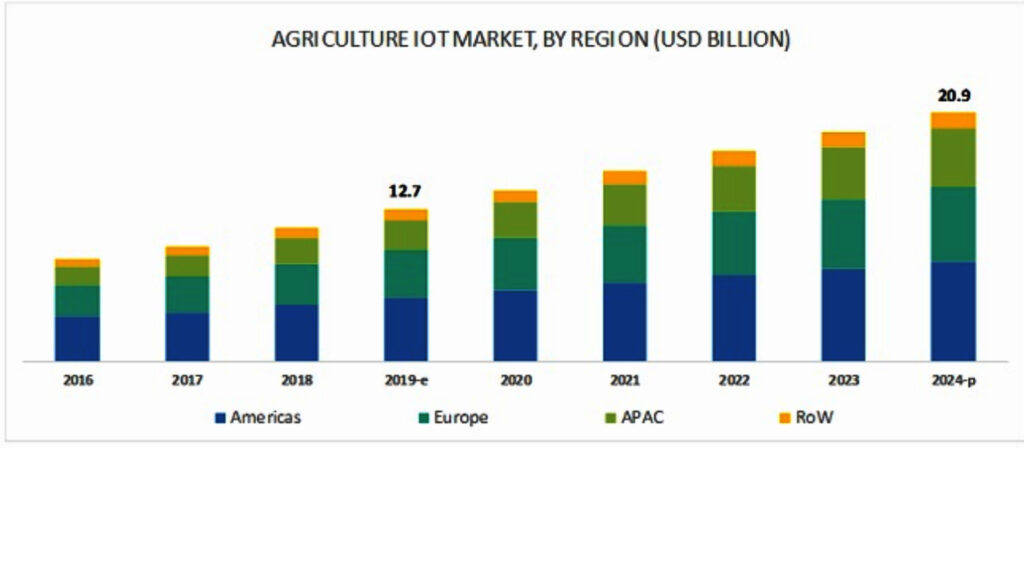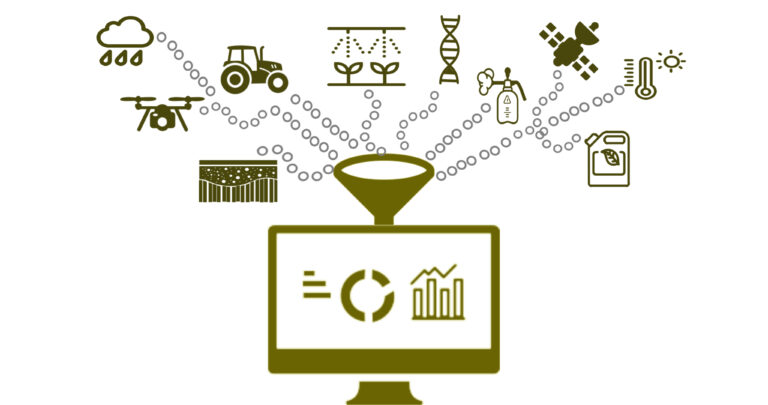Is AI Applicable to agricultural practices?
AI and AI-driven solutions are the buzz words of the 20s. Touted as the panacea of our age, AI has been thrown at every challenge in industry and society, and not all of those initiatives are fruitful. Technically, there are some areas where reaping the benefits of application of AI is more pragmatic and realistic. Big data and machine learning shine in areas where extensive data is available and the patterns in the data are complex. Agriculture generates big data, and that data is complex. Besides variables that farmers can control such as variety selection, seeding date, and fertigation rate, there are many variables that are beyond farmers’ control such as environmental factors. The multifactorial nature of these variables makes finding correlations between an input (e.g. interval time between application of fertilizers) and an output (e.g. expected yield) extremely difficult. Such scenarios are exactly why AI in agriculture could shine. AI can deal with multidimensional problems with high variance where randomness is also a determining factor.
Plenty of Room for Improvement of AI in agriculture
Tracking applications of artificial intelligence in different industries and compare it to Ag-sector proves that agriculture is not fully reaping the benefits of the latest technologies in AI. If you Google search for an AI driven solution for any given problem in finance, you will find hundreds of hits on content and relevant quality sample codes. In contrast a search for application of AI in agriculture to improve the yield of wheat, rice or corn brings a rather limited number of resources, considering that these three crops feed the majority of the world. It is a fact from business point of view that wherever there is a gap between where an industry is and where it could potentially be, there is opportunity for growth, profit to take and bottom line to improve. Early adopters and agile thinkers are those who gain big in pivotal moments of the digital age.
In spite of the bottlenecks, transformation of Ag-sector to a data driven sector is not a matter of ‘if’, it’s a matter of ‘how’ and ‘how fast’.
What Are the Current Applications of AI in Agriculture?
We live in an interesting era where almost every week there are news around new applications of AI that could help businesses and consumers. Farming, horticulture, floriculture, and orchard industries are not exceptions. Although not with the same speed as some other industries, agriculture embraces innovations brought by AI. Here is non-exhaustive list of some applications of artificial intelligence in upstream agriculture:
- Smart sprayers: Why would you spray herbicides on both plants and weeds if you could target just the weed? Computer vision could help reduce the cost of herbicide consumption while avoiding plant products’ contamination with chemicals if it is not needed.
- Yield Prediction: AI brings predictability to Ag space on a scale and precision that is not achievable otherwise. This could help farmers to take proactive rather reactive measures in their practices.
- Smart Greenhouses: Smart Greenhouse Market is projected to reach USD 2.1 Billion by 2025 from USD 1.4 billion in 2020. The controlled and semi-controlled environment in greenhouses makes grower to use sensors and collect data more extensively than farmers. Data collected from various sensors and actuators, if integrated while streaming, brings new opportunity through AI algorithms to provide insights for growers.
- Integrated pest management using computer vision: Lack of enough experienced scouting personnel is a challenge for grower these days more than ever. What if a computer program connected to fixed or moving cameras doing that for growers? This means real time vision of a greenhouse (or a farm) even when nobody is there to evaluate plants one by one.
- Plant Disease Prediction: The occurance of diseases can be predicted based on historical data and the upcoming weather situation. It will save a lot of money for farmers and help them to apply pesticides more effectively.
- Large Language Models (LLMs): Utilizing advanced AI, LLMs can process vast amounts of agricultural data to provide insights on crop management, streamline administrative tasks, and enhance decision-making processes by synthesizing information from diverse sources. This application not only improves efficiency but also supports more informed strategies on the farm.
LLMs in agriculture
To learn about challenges and opportunities of generative AI models like GPT in farming read our blog post: Embracing Generative AI in Agriculture
Opportunities for Applying AI in Agriculture
In spite of the challenges that hindered a widespread adoption of artificial intelligence in the agriculture sector, the sector has recently welcomed AI driven initiatives with a speeding pace. Following trends in scientific publication, momentum in emergence of new Ag-tech startups, and pivot of agricultural corporations toward AI approaches, all point to the upcoming seismic changes in Ag-sector. The projection for expansion of global agriculture analytics market size is estimated to expand by 75% from 2020 to 2025.
There are 4 main driving forces for the large scale adoption of AI in agricultural practices;
1.Global Food Demand
2.Availability and Affordability of Infrastructures for Data Collection
Over the past two decades, the extent of data collection in the agriculture sector exploded by orders of magnitude. Farmers and growers now have their fingers on vast data that is granular and detailed on a level that was not imaginable 20 years ago. Thanks to advances in IoT technologies, data collection systems are becoming more affordable and widely used year by year. This means farmers and growers can have integrated data collection systems at a fraction of cost of that of 15 years ago (considering advancement in the IoT products over past 15 years).
Adoption of IoT in Ag space generates and provides the most important commodity for AI in agriculture: Data!
Americas and EU have the biggest chunks of growing agricultural IoT (Source)
3. Competitiveness and Increasing Cost of Labour and Materials
4. International/Governmental Initiatives for AI in Agriculture
Challenges that Slowed Down Adopting of AI in Upstream Agriculture
Any meaningful initiative toward adoption of AI in agriculture needs to evaluate the practical barriers that slowed down transformation of this industry compared to some other sectors. Although the landscape of use of technologies in agriculture is rapidly changing, in order to project the future directions, we need to understand where it came from and what the current status is. There were (and to some extent ‘are’) four fundamental speed bumps in the way of adopting applicable AI-based technologies in upstream Ag-sector;
I. Data Collection
II. Data Ownership and Privacy
Who owns the data in Ag-sector? The answer to this question is not as straightforward as you might expect. Yes, data is owned and accessed by producers, which are farmers, greenhouse managers, breeders, agronomists, etc, but that is not the whole picture. Although owners have access to some critical data, they don’t have immediate access to many other sources of relevant data such as historical environmental data in the area or satellite imagery, unless they pay for the access and get trained for using it. This gap (particularly the lack of access to environmental and satellite data on the side of farmers) could be well covered by data scientists and data engineers who are trained to gather and merge data from disparate sources.
Data ownership is an issue in many sectors, but a confounding issue in Ag-sector
III. Agricultural Data Has Been Scattered
If this approach is already getting used by wealthy traders and investors used by wealthy traders and investors to pick their next investment, why not farmers get benefited from it?
IV. Cost of Change Toward AI in Agriculture, Cost of Mistakes
Bottom Line
The gap between the current state of agricultural practices and the potentials for adopting AI is shrinking very fast. There are some bottlenecks for the transition, nonetheless; a combination of global demand, availability/affordability of infrastructures, and national/international initiatives drives the fundamental changes that already started happening.
It is inevitable: the future of agriculture belongs to EARLY ADOPTERS of AI in agriculture.
Special thanks to Aron Cory and Ali Safilian for revising this post.
